Alfred Schulze, StrawTherm CEO, said that over the course of the Danube in Romania there are many straws that are, otherwise, left unused.
His company started collecting and using these straws in 2MW installations that can produce even thermal energy for the heating network.
To be able to use straws for energy production, they must be gathered in the form of bales and treated to make them easy to gasify.
Ash is resulted by burning the straws, the expert says, and because of the fact that its melting point is very low, the ash can interfere with the installation, which means that constant maintenance is necessary.
The installation, which works for about 4.000 hours per year, can burn the straws and the ash at 900-950 degrees Celsius to reduce the risk of clogging and the residual gases are fairly clean, according to the CEO of StrawTherm.
At the same time, Alfred Schulze claims that the ash has mineral properties and that it can be used as fertilizer.
Another benefit of using this type of installation is the fact that there is a post-combustion process, which implies the introduction of clean air after the straws are burnt to purify the gases.
Once cooled down, these gases can be used to airdry the wheat without it being contaminated, which means that the cereals that are to be used in the food industry can be more beneficial to our health.
At the same time, should farmers have straws after they harvest the cereals, they can sell them for about 80 euros per ton so they can make some extra revenue, while also giving StrawTherm the feedstock it needs.
As a conclusion, Alfred Schulze said that "the gas can be used for heating and this kind of networks need a good fuel, which can be the straws."
 Mihai - Cristian Ioniță
Mihai - Cristian Ioniță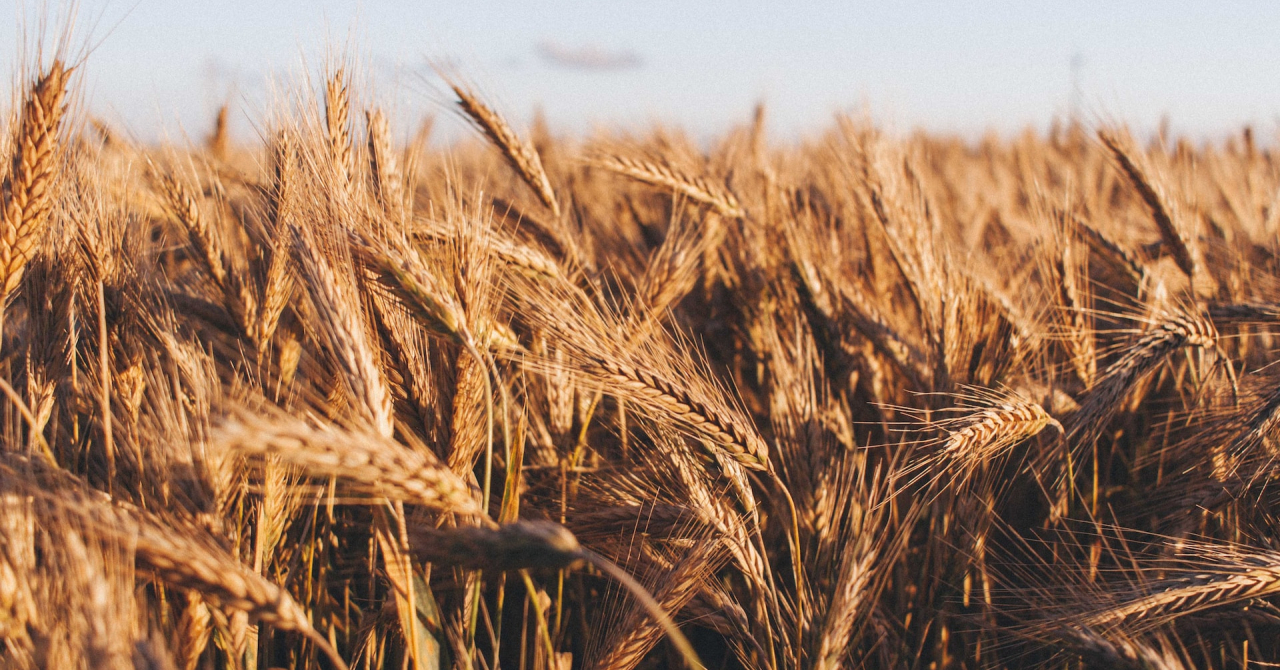

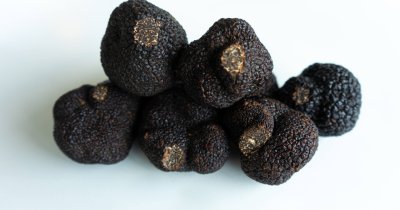

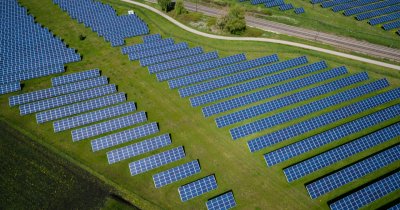


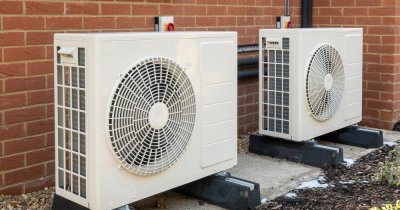
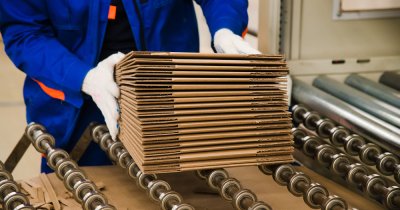



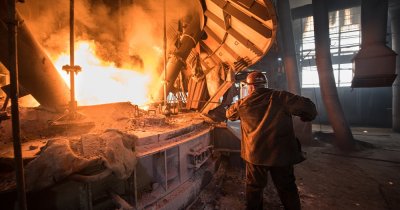
Any thoughts?